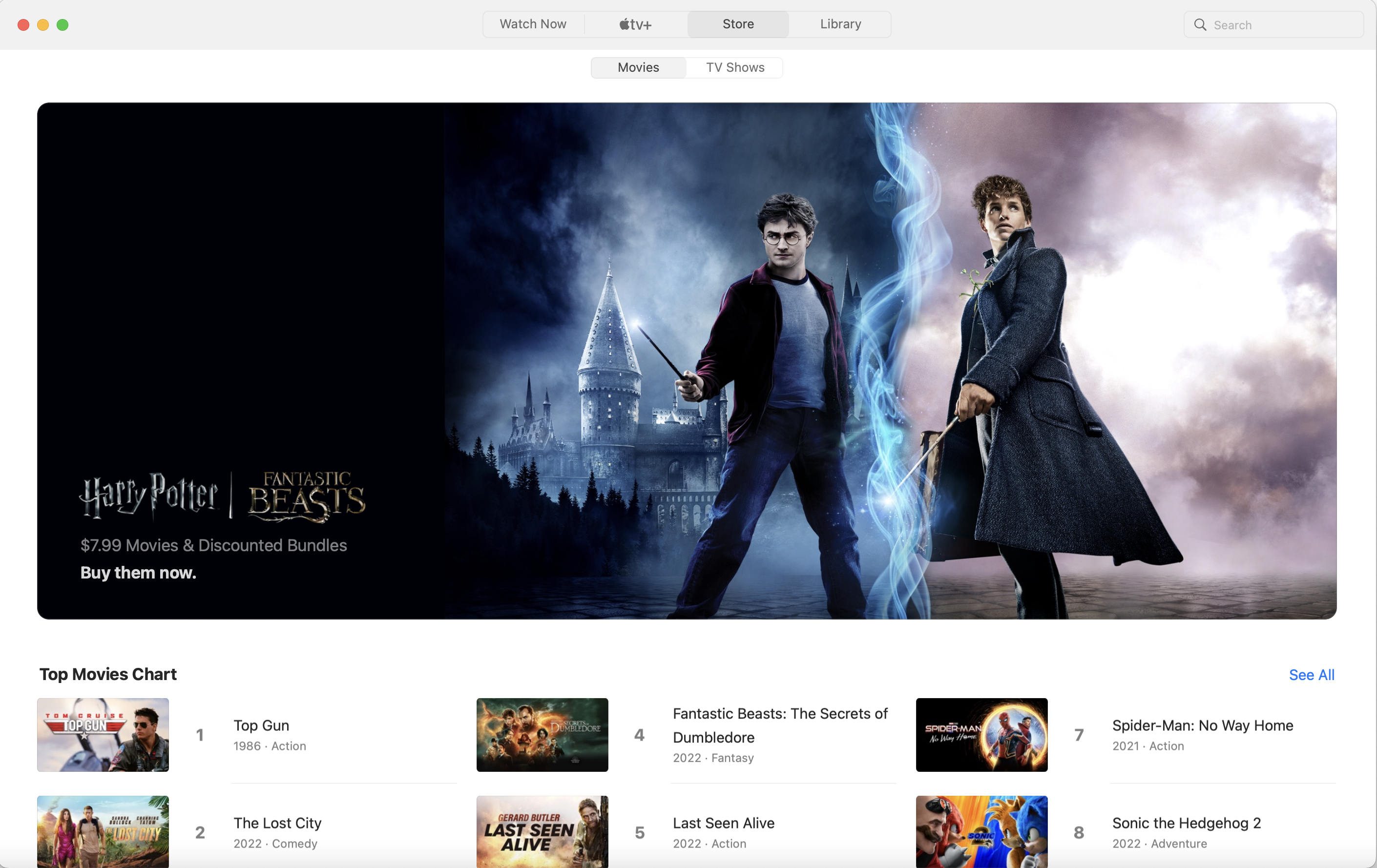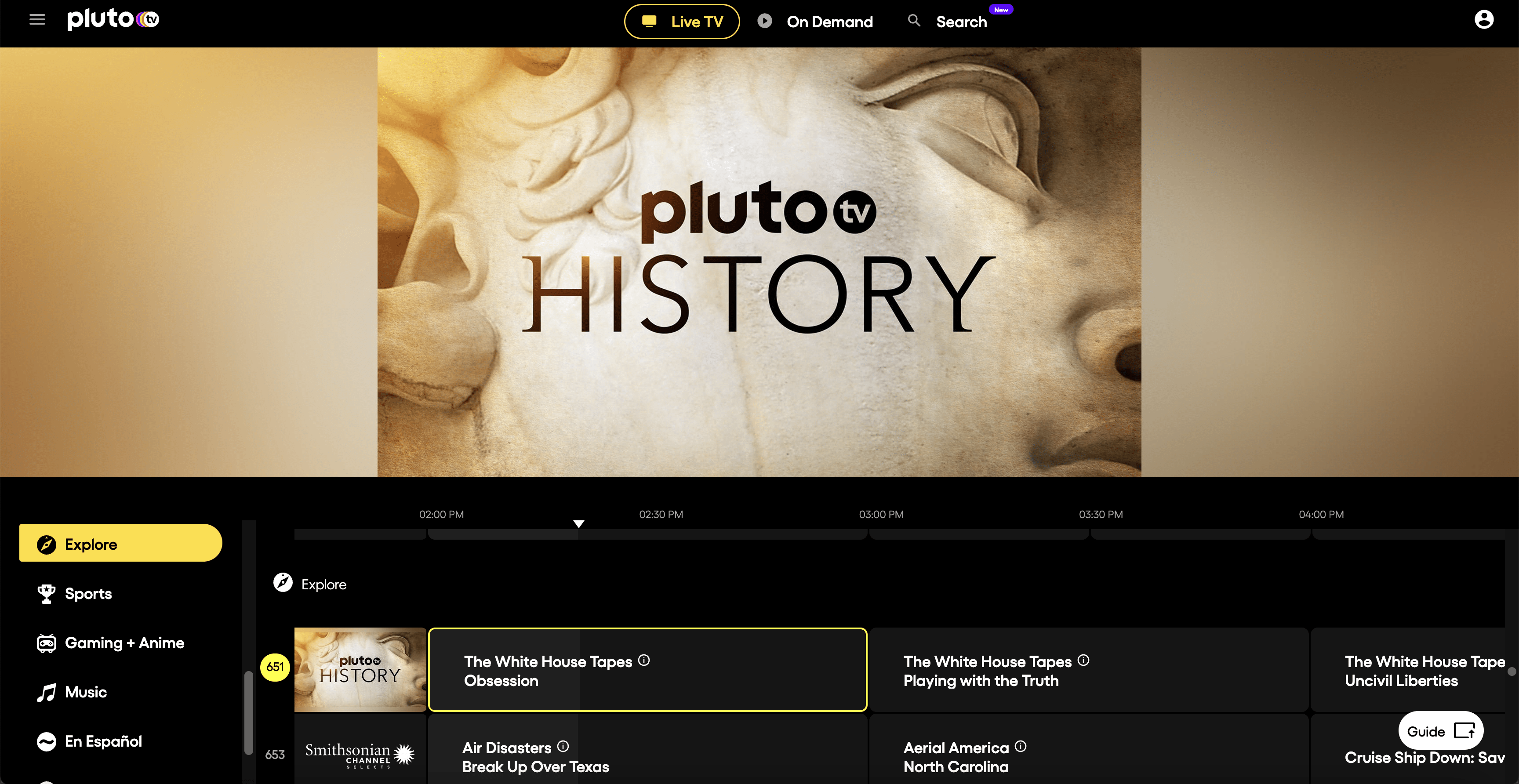Independent filmmakers have it more challenging than ever when it comes to getting their work seen. Holywood’s stranglehold on the film industry seems tighter than ever, and new platforms for streaming content have made it harder, not easier, for independent filmmakers to get their break.
So what does it take to find success as an indie filmmaker?
According to Jeff Deverett of Deverett Media Group, the answer is threefold: first, you have to have a plan, second you have to be able to distribute your independent film to the public, and you have to market it successfully.
With so many films being produced each year, it’s more complicated than ever to break through the clutter and reach your audience. In this episode of Industry Insights, we chat with Jeff Deverett about marketing and film distribution for independent filmmakers. Jeff is a filmmaker, and has a lot of great advice to share on how you can get your movie in front of the people who want to see it!
What is film distribution, and what are the different ways to distribute an independent film?
Film distribution is the process of making a film available for public exhibition. This can be done through various channels, including theatrical releases, home videos, television broadcasts, and streaming platforms.
There are a few different ways to distribute an independent film. A common practice is using sales agents or distributors with direct connections to exhibitors, such as streaming platforms. They also help broker deals and negotiate terms.
Film festivals have been a great way for filmmakers to get their films in front of industry professionals and generate interest, but this method is not without its challenges. Many festivals require a submission fee, and there is no guarantee that your film will be selected to screen.
Another option is to submit your film to an aggregator program. These programs help independent filmmakers get their films onto platforms like iTunes, Google Play, and Amazon. iTunes, for example, will only work with aggregators and will not accept submissions directly from filmmakers.
The final option is to distribute your film yourself. And the opportunities for financial gain vary when self-distribution. You can choose to release your film for free online (and not make any money from it) or put it up on a platform like Vimeo On Demand, where viewers can pay to watch it.
 No matter what method you choose to distribute your film, remember that you will still need to market your movie to generate interest and daily sales/viewership, as most of these platforms will not do it for you.
No matter what method you choose to distribute your film, remember that you will still need to market your movie to generate interest and daily sales/viewership, as most of these platforms will not do it for you.
Understand the film distribution landscape
Not too long ago, platforms such as Netflix would purchase hundreds of projects each year, from full-fledged television series to blockbuster movies and independent films. But the landscape continues to shift quickly, and platforms like Netflix have seriously cut back on the number of titles they acquire.
Only a few digital streaming platforms existed ten years ago, such as Hulu, Netflix, and Amazon Prime Video. Today there are hundreds of streaming platforms, ranging from genre-specific platforms like Shudder to general interest platforms like HBO Max, Disney+, and Apple TV+. Each platform has different and unique content to offer consumers.
These platforms want new subscribers, and they’re willing to spend big bucks on content that will help them achieve that goal. Unfortunately, independent films are not the type of content that converts into new subscribers for these platforms. Consumers have shifted from consuming a wide variety of content to seeking out specific, highly-produced, well-marketed films and series that meet their particular interests.
And with so many platforms to choose from, consumers have to make a tough decision when deciding how much money they want to spend a month on subscriptions and how much time they can set aside to consume all the content available to them.
“2016 Olympics. The year I sold that film [Full Out] to them [Netflix], they told me they bought 900 independent films that year. They weren’t even in the Netflix Originals business. At that time, they hadn’t started that. All right. Two years later, the next film was Kiss & Cry. That year they bought 600 independent films, and two years after that was Full Out 2.
You got these 300 independent films today. I can’t speak for Netflix, but if I had to, I’d say they bought less than a hundred independent films.”

How do I get my film on Netflix
In short, you don’t.
At least not as an indie filmmaker. The market has become too saturated, and consumer tastes have shifted towards big production pieces.
It takes a lot of luck and just the right circumstances to even have a chance at Netflix or Hulu. You need an agent or distributor who has connections with the acquisitions team at these companies. And even then, it’s no guarantee.
You’ll pay commission fees to your agent or distributor, and they’ll pitch your independent film, but the decision ultimately comes down to the platform. Aggregators are another option that will prepare your film for delivery to a streaming platform and attempt to pitch your work to an SVOD (subscription video on demand platform). Still, they, too, have no guarantee of success.
“I’m going to say that less than one in a hundred, less than 1% of indie feature films, get onto a subscription platform … it’s gotta be good, really special. Something about it that you’ve done in the marketing to create audience awareness or something like that. Or win an academy award. Those are the films that are going to get on.”

What options do indie filmmakers have to share their content?
“Netflix is the holy grail, right? Everybody says I want to get on Netflix or something like that. Apple, Hulu, whatever. Number one, you can’t do it as an indie filmmaker anymore.”
While a lucky few make it onto Netflix or Hulu, your average independent film will not get picked up by one of these platforms.
Therefore you must not build your business plan around getting on a major platform like Netflix or Hulu. Unless you have the right connections or a good distributor, it probably won’t happen.
Your best bet as an independent filmmaker is to go with the transactional video on demand route or consider advertising video on demand to generate some money.
What is a transactional video on demand?

Transactional video on demand (TVOD) is a service that allows users to purchase or rent films and television shows online, generally through platforms like iTunes, Amazon Video, or Google Play.
The main difference between TVOD and SVOD is that with TVOD, the consumer pays for each film or show individually. In contrast, with SVOD, the consumer subscribes to the platform to access a seemingly unlimited number of movies and shows.
TVOD platforms had greater popularity a few years back, and consumers could buy or rent shows and movies for roughly 4.99 to 14.99. Today, that amount equals your typical monthly subscription on a platform like Netflix or Hulu. For many, justifying one film or show purchase is difficult when they can get a more comprehensive selection of content by subscribing to a streaming platform.
Despite the difficulty in selling a film, it does provide opportunities to generate revenue. While some may ask themselves why they should pay for your movie when they can get a monthly subscription, the answer is that they cant get your film on one of the platforms.
What is advertising video on demand?
Advertising video on demand (AVOD) is a video distribution model supported by advertisements. PlutoTV and Tubi TV are AVOD platforms where consumers can watch a selection of films and shows for free, but they must also watch ads.
It’s essentially just television, but online. For filmmakers, it is another avenue to get your film in front of an audience. If even a small percentage of people watching your movie decide tobuy or rent it, you can generate revenue. You also get a small revenue share depending on viewership and how many commercials aired during your film showing.
In time, it’s possible to get enough viewership and attention on a TVOD or AVOD platform that a more prominent streaming platform could approach you. In these rare instances, they could offer to buy your film.

How to bring attention to your independent film
Let’s say you have your movie on iTunes or PlutoTV. Yours is just one amongst hundreds of thousands of shows and films. Unless people know your film exists and are actively searching for it online, your film will only get passive hits from people scrolling through these platforms.
You need to bring attention to your film for people to watch it, which, in short, is called marketing.
Of course, using a distributor can help you get on the New & Noteworthy section or the front page on iTunes, which will bring more attention to your film. But a distributor cannot do the marketing for you. Nor will these platforms market your work for you.

It would help if you had an active social media presence, whether on Twitter, Instagram, or Facebook. You need to post about your film regularly and get people talking about it online. You can also run ads on these platforms to target potential viewers based on specific interests and demographics. And you can’t just come up with a generic core audience such as 18-35-year-old males because that’s everyone’s core audience.
You need to be very specific with who you’re targeting. For example, suppose you have a film about women’s rights in the Middle East. In that case, your target audience will be people interested in films about social issues or people interested in the Middle East specifically.
And even within those groups, there are subgroups. For example, you might have people interested in human rights issues or women’s rights within the social issue group. And then, within the Middle East group, you might have people interested in politics or religion.
The more specific you can be with your target audience, the easier it will be to market your film to them. And you need to be aware of any niche platforms or social platforms that these individuals frequent. It’s better to get a few hundred interested people than it is to get 10,000 uninterested individuals because those who actually like and engage with your work will spread the word to others they know will like it.
Jeff Deverett suggests building subplots in your movie for specific target audiences that you can directly target through marketing and trailer cuts.
It’s essential to be on at least a few transactional websites to have people go and purchase your film directly.
Your film will be one amongst many. Through marketing, you direct people to your work, and it is your job to generate audience awareness.
The amount of money you’ll generate from just existing on an SVOD or TVOD platform is small, almost nonexistent. But with a proper marketing push and driving direct traffic to your title, you can make some return.

Marketing your independent film
And it goes beyond spending more to make more. It’s not a direct correlation. It’s about being strategic with spending your money and making sure you target the right audience on the platforms they frequent and use.
Be clear in your branding and messaging, use their language, and generate interest and intrigue.
Make sure your film is accessible on as many platforms as possible.
The more places people can watch your film, the better. You want to make it as easy as possible for people to watch your movie. The more platforms you’re on, the more likely that someone will come across your film and watch it.
“You know, you get a hundred thousand people to watch it [your film] for $5. That’s $500,000. iTunes is going to take 30%.
So, you know, you’re going to end up with $350,000, but it’s still pretty good.
Now there are people who have done this successfully. It’s not easy. It’s very hard, very, very hard to do this. Okay. So don’t think just because you do it, it’s going to happen. All right.
But if you do it properly, at least you’re in the game.”

Budgeting for marketing and advertising
The sky is not the limit when it comes to indie film marketing. You need to be strategic with your budget and allocate your resources to the platforms and channels that will reach your target audience most effectively.
“The new reality is, if you’re going to make an indie film, you need to really think about marketing before you make it and to budget for it.”
Major Hollywood productions have internal marketing teams and massive marketing budgets that can eclipse the cost of production. For the independent filmmaker, you need to get scrappy.
You don’t have the luxury of a big marketing budget, and unfortunately, many indie filmmakers lack the know-how or interest in marketing their films.
Unfortunately, you don’t have the luxury of not knowing how to market. Jeff recommends that independent filmmakers raise no less than 20% of their budget for marketing. 50% is the best , but 20% is bear minimum.
That doesn’t mean that if your film is $500,000, then $400,000 will go towards your movie and a hundred for marketing. No. If your movie is $500,000, you need to raise an additional one hundred for marketing ($600,000 total).
And you need to make sure nobody touches that money. It can be easy for a producer to want to add an extra piece to their film and want to dip into that marketing budget. But you need to resist that temptation and make sure that money is reserved solely for marketing.
Learn how to budget well for your independent film and avoid future headaches.
Foreign distribution for independent films
If you think film distribution in the states is challenging, then foreign distribution is a whole other landmine.
There are many laws, regulations, customs, and language barriers one must know how to navigate to even get their foot in the door in these foreign markets.
Without an agent or distributor specializing in foreign distribution, you’re out of luck.
For example, if you want to sell your film in Canada, you need to use a Canadian distributor. You cant do it yourself, and you’ll need to spend additional money on someone with the proper knowledge in these spaces to get your work out there.
“An indie filmmaker has enough on their plate, just doing domestic. If they even want to try doing international, I highly, highly recommend you get in with an international distributor.”
Some aggregators can also help with foreign distribution. But again, you’ll need to do your research and make sure they’re reputable and that their services are a good fit for you and your team.
Using existing audiences to market your film
You need to create a core audience for your film, as mentioned earlier. A-list actors cost as much as they do because they have a large, built-in audience.
These people will see a film because their favorite actor is in it.

Well, influencers and social media stars have a similar effect.
They have a large, built-in audience that will follow them no matter what they do. If they post about your film, or even better, if they’re in your film, you’ll get a lot of eyes on it.
Incorporating these types of people in your film creates a marketing hook for your project before you even start filming. It’s a valuable strategy to consider if you have the budget, but it may not be the correct answer for you because attention goes both ways.
If you create a lousy movie, everybody will know about it, and it can push potential new viewers away.


